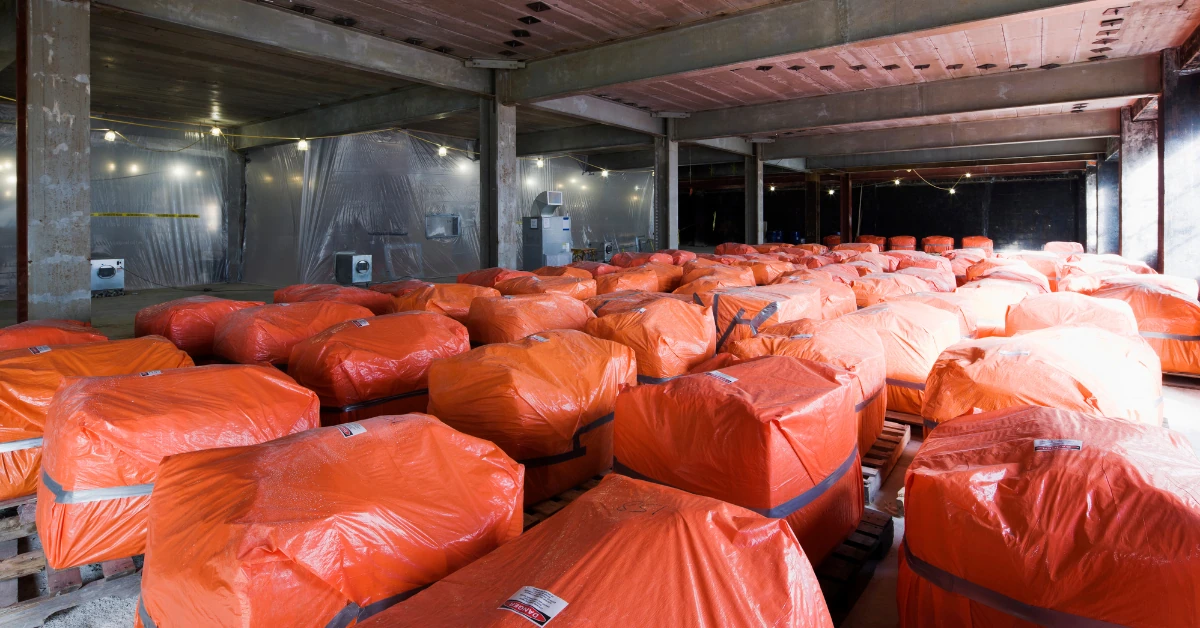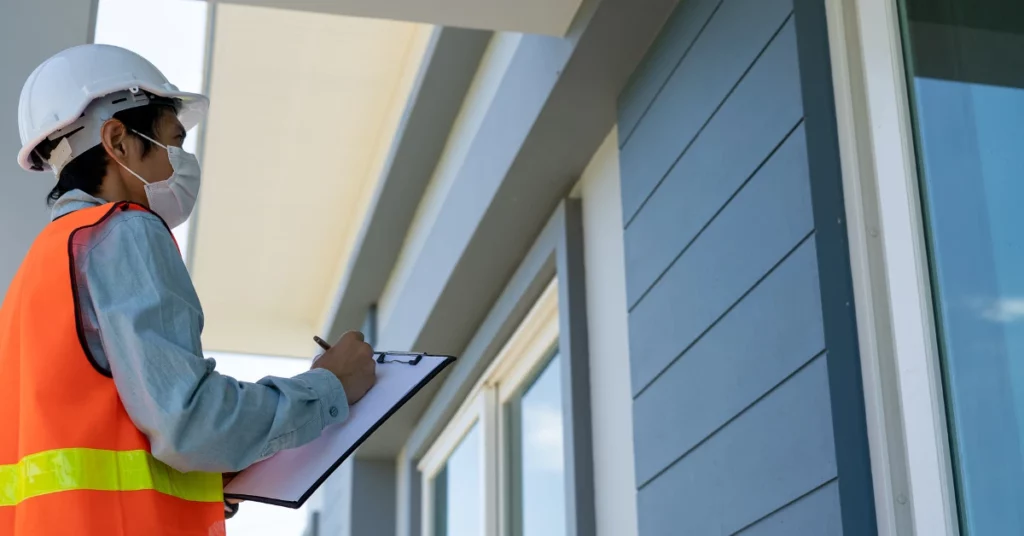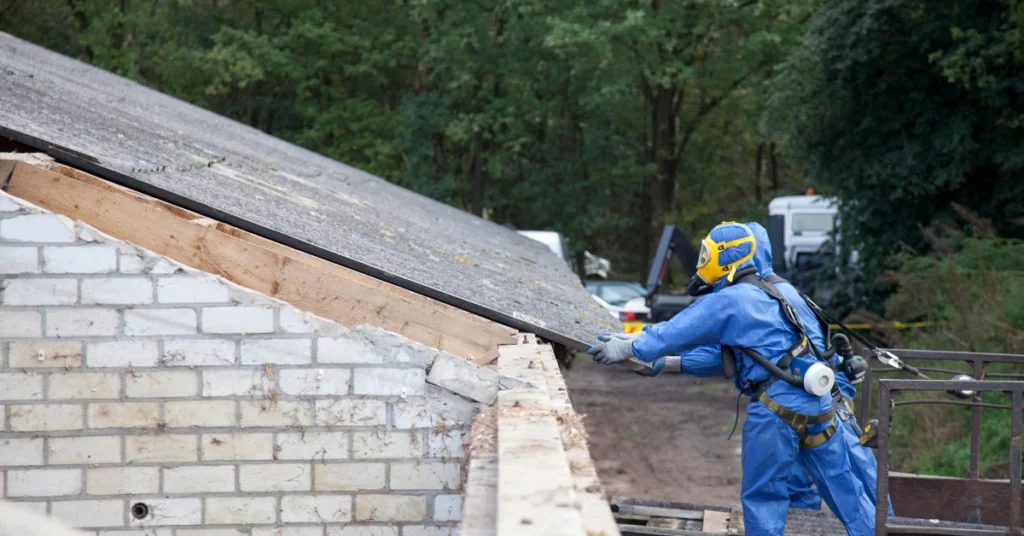Asbestos abatement is the process of safely removing or managing asbestos-containing materials from buildings or structures. This procedure aims to minimize the risk of asbestos fiber release, which can cause serious health problems when inhaled.
The abatement process typically involves:
- Identification: Locating and assessing asbestos-containing materials.
- Containment: Isolating the work area to prevent spread of fibers.
- Removal: Carefully extracting asbestos materials using specialized techniques.
- Encapsulation: In some cases, sealing asbestos materials in place when removal isn’t feasible.
- Disposal: Properly handling and discarding asbestos waste according to regulations.
- Cleanup: Thoroughly cleaning the area to ensure no asbestos residue remains.
- Final testing: Verifying the area is safe for reoccupation.
Abatement must be performed by trained, licensed professionals who follow strict safety protocols and regulatory guidelines. This ensures the effective management of asbestos hazards while protecting both workers and building occupants.
What’s the Difference Between Asbestos Abatement and Removal?
Asbestos abatement and removal are related concepts, but they’re not exactly the same:
Asbestos abatement is a broader term that refers to any method used to address asbestos hazards. It includes several approaches:
- Removal: Completely taking out asbestos-containing materials
- Encapsulation: Coating asbestos materials to prevent fiber release
- Enclosure: Sealing off asbestos-containing areas
- Management in place: Monitoring and maintaining asbestos materials without removal
Asbestos removal is a specific type of abatement. It involves:
- Physically extracting all asbestos-containing materials
- Properly disposing of these materials
- Cleaning the area to eliminate any remaining fibers
Removal is often the most thorough solution, but it’s not always necessary or practical. The choice between removal and other abatement methods depends on:
- The condition of the asbestos-containing materials
- The likelihood of disturbance
- Building renovation plans
- Cost considerations
- Regulatory requirements
A certified asbestos professional can assess your situation and recommend the most suitable abatement approach.
How Much Does Asbestos Abatement Cost?
Asbestos abatement costs vary widely based on several factors:
Residential projects:
- Small-scale removal (e.g., a single room): $1,500 – $5,000
- Whole-house abatement: $15,000 – $30,000
Commercial projects:
- Small office space: $5,000 – $15,000
- Large commercial building: $20,000 – $100,000+
Time is a major cost factor:
- Simple residential jobs may take 1-3 days
- Complex commercial projects can last weeks or months
Longer projects increase costs due to labor, equipment rental, and containment maintenance.
Other cost influencers:
- Amount and type of asbestos-containing material
- Ease of access to affected areas
- Local disposal fees
- Testing and air monitoring requirements
Residential abatement is often cheaper and quicker than commercial jobs due to:
- Smaller scale
- Less complex building systems
- Fewer regulatory hurdles
Commercial abatement tends to be more expensive because of:
- Larger areas to treat
- More stringent safety protocols
- Potential business disruption costs
To get an accurate estimate, have a certified asbestos inspector assess your property. They can provide a detailed scope of work and projected timeline, allowing for more precise cost estimation.
Learn More
Ready to address asbestos concerns in your Florida property? Contact our certified experts today for a free consultation. We’ll assess your needs, provide a clear estimate, and ensure safe, compliant asbestos abatement.



